Sword ferns are always a surprise: Will they have little water nodules, will they be sweet or astringent? The answer depends on how much rain has fallen locally. The more rain you’ve had the more likely you will find the water storage organs and the sweeter they will be. Technically they are swollen stolons.
Locally sword ferns with “fuzzy brown marbles” of water are easy to find: They are the only sword fern that has them (out of the five species found in the state.) They are also the most prolific, non-native and on the state’s obnoxious weed hit list. They have a potato-water chestnut flavor that is obvious or masked depending upon how much astringency is also present. After rubbing off the fuzz you can eat the entire nodule or chew it, get the water from it and spit out the fiber. Roasting them, however, does eliminate the astringency and make them chewy and sweet. They can be grown in other areas and are commonly called Boston Ferns. To read about sword ferns click here.
If you’re not collecting Maypops now you’re not looking for them. They’re related to the passion fruit in Hawaiian Punch and have a nice sour-sweet taste when ripe. In the Ocala foraging class this past weekend it was one of several plants we sampled along with Sword Ferns above, Creeping Cucumbers, Sheep’s Sorrel and Peppergrass.
Locally the Maypop is one of only two vines with edibles that smells like an old sneaker. It also fruits continuously. The best ones for a trailside nibble are taut with a yellow skin. However, as the woods is a grocery store for its denizens the yellow ones are often eaten before you find them. Not to worry: older green fruit that have not yet turned yellow can also have sweet-and-sour pulp and seeds. You have to taste around. The green Maypop can also be fried like green tomatoes. To read more about the Maypops click here.
Food and Medicine: Most of my students in the past were people who had an interest in plants. Kind of like gardeners, they were plant people first, the use was secondary or incidental. For some it was growing vegetables but for others it was landscaping, a living painting. But there has been a shift towards food and medicine. More specifically most of my students now are looking for sources of food and medicine other than the grocery story and pharmacy. The “whys” can be many. This shift was emphasized recently at a McDonald’s restaurant. I don’t eat there but I like their brand of decaffeinated coffee, and they’re a good source of ice tea before a long motorcycle ride home. I was having just such a tea Saturday in Ocala when an older gentleman (I am already an old man) asked me about my motorcycle. That led to to “what do you do?” which is, of course, teach about edible wild plants. In the past that got a “what-kind-of-an-eccentric-are-you” look. Now days the inquirer pauses then immediately asks about how much food is out there. Then comes the medicine question. If my own little corner of conversation is any measure, folks are scared: Scared about their next meal and getting their prescriptions filled. Top of the list, what plants can be used for high blood pressure followed by diabetes. Fortunately there are plants though mentioning them can get doctors complaining about muscling in on their turf. I usually give the inquiring minds the names of the plants and suggest they contact a local herbalist. I’m more a cook than a chemist. They can get far better instruction from an herbalist. But, in the last three or four years the level of uncertainty has certainly risen. It is perhaps the tenor of the times.
Recently added articles: Mountain ash, Yew, Sourwood.
Just a few hundred feet from where I live there are about a dozen Chinese elms, which have edible parts. Every description I’ve read say the leaves have little hairs on the underside. My elms don’t have that. I was reminded of their hairlessness after I wrote about sumacs last week. I mentioned the berries (actually drupes) have little hairs on them covered with malic acid (the same acid that makes apples tart.) An out-of-state foraging instructor whose opinion I trust wrote to tell me his Winged Sumac do not have little hairs on the berries. So I took a microscope-look at my local Winged Sumac. The seeds were covered with tiny hairs. How do we explain that? There could be variations, or seasonal or regional influences. Rain, lack of rain, or some other weather might be the issue, perhaps a virus. Sometimes species can vary from locale to locale. We both know our local sumac is usable so the question is a bit moot and academic. But, you will run into such issues when you study plants. This is why a local teacher is important. His Winged Sumacs do not have tiny hairs, mine do. My Chinese elms don’t have tiny hairs, but they do elsewhere. That could confuse a student when the real issue is learning your local plant and whether it is edible. Local insight can help a lot as well as save time and a lot of second guessing. Botanical descriptions are good but they are not perfect.
AHHHHH YES THE INTERNET: In my mail box was a ping back. What that means is that someone linked to one of my articles somewhere on the Internet. The article they linked to was about edible snails and slugs on a page that boasted “10 ugly things that are good to eat.” Among the 10, besides my slugs and snails, were vultures. In theory all birds are edible but at least two in New Guinea are not because they eat toxic insects making them toxic. And vultures… well …they clear up carrion. Since the 10-Ugly article included sources I clicked on the “vulture” source. And this is why the Internet is not trustworthy: The 10-Ugly story got its information from a blog.
The blog talked about two men in Nigeria who had been selling vulture meat in a local market as roasted chicken. The blog said one man had been doing that for five years. The blog went into some delicious detail about roasting the vultures and how that is a local taboo et cetra. That blog gave two sources. But before I get to them you should know the writer is a self-styled conservationist whose ecoblog added there are 23 species of vultures and they are all in decline. And if you want to help save the vulture she listed some other sites to visit including an International Vulture Appreciation day… have you hugged your vulture today? … back to vulture vandals.
One of her vulture-ala-chicken story sources dead ends at a domain parking place. The other, the daily paper of Nigeria, told a very different story. The paper reported two men were caught poisoning vultures because the birds were roosting in a tree in an ancestral shrine. Villagers noticed what they were doing and formed a lynch mob as they thought killing the vultures was a desecration to the shrine. Only police intervention kept the men from swinging. Cooking the vultures was never an element of the original event.
Why the blogger added roasting the sorrowful scavengers is known only to her. But the subsequent 10-Ugly article writer should have done more research to confirm the blog’s assertion of vulture vermicelli (vermin-celli?) which no doubt will become a fast-food rumor. As it is vultures are technically edible so the basic premise of the 10-Ugly article is still correct but the details and the reasons why in the blog are totally wrong.
Vultures, by the way, have acids in their digestive system that destroy anthrax, botulism, and cholera. Old and New World vultures are not closely related. Old World vultures tend to have no sense of smell. New World Vultures tend to have an excellent sense of smell. And they also… ah… go to bathroom on their legs to cool themselves off. I thought of a good pun on air conditioning… butt I’ll leave it unsaid. And although I live in Florida I am not going to try that. For you trivia fans, a group of circling vultures is called a “venue” and a bunch munching on the ground is called a “kettle.”
To read about the two birds which are toxic because of diet click here. The article is about eggs but the birds are mentioned in some depth.
AND LASTLY YET another reason to correctly identify plants. A hiker in Germany was surprised recently (Sept. 6th) to find a naked man stumbling around the forest. He tried to help the disoriented man but before the hiker could the man disappeared back into the woods. Sounds rather Grimm.
A police search — perhaps one of the more unusual ones in the area — yielded one cold, scraped up, naked Franciscan Monk. The frigid friar* from the nearby town of Unterwossen, about 30 miles west of Salzburg, Austria, was apparently on a solo camping trip when he ate some berries that caused hallucinations and partial paralysis. That kept the frolicking Franciscan from finding his way back to his tent. Doctors at the hospital think he ate berries of the Deadly Nightshade, Atropa belladonna. The berries can cause the reported symptoms and in higher amounts death. Active ingredients in the fruit are atropine, scopolamine and hyoscyamine. They can also cause a fever which might account for the monk’s … habitlessness…. or is it … defrocking?
In the United States, Atropa belladonna is naturalized in California, Oregon, Washington state, Michigan, New York and New Jersey. Closely related is the Jimsonweed, Datura stramonium, which is toxic for all the same reasons but does not have berries.
*Yes, I know there is a difference between a monk and a friar so please don’t write and tell me so. Monks are cloistered, friars get out and about. But I couldn’t resist the assonance. But I did resist using “what the frock is this” and “Into The Hoods” because a monk’s covering is called a cowl…
To donate to the Green Deane Newsletter click here.

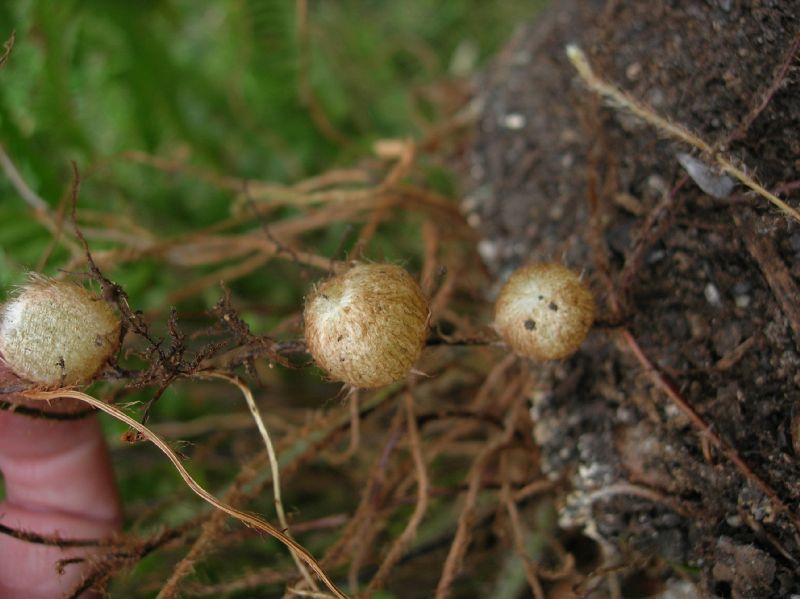
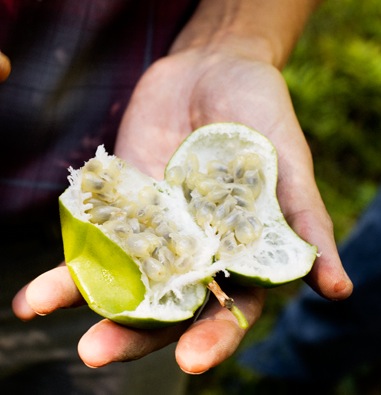
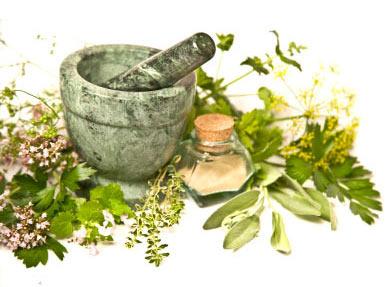
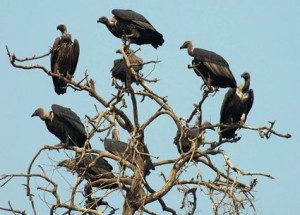
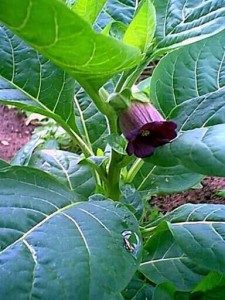

Love your puns!
Hi Dean, we have been growing deadly nightshade forever and from time to time we do eat a few berries. We have never seen the symptoms the friar had. In fact we never saw any effect from a few raw berries.
We once made a mistake and added some of the berries to a large pot of black currant jam and that was troublesome. First symptom is a very dry mouth followed by poor vision and eyes that just don’t want to focus. Lasted for days.
So, raw berries no effect. Even fewer berries cooked strong effect.
What if the pharmacy closes?
in south florida, the pill mills have created enough business for a large pharmacy (or two, walgreens AND CVS!) at almost every traffic signal.
Ever read Piers Anthony’s Xanth series? He doles out vast amounts of pun-ishment too….
db
“…a group of circling vultures is called a “venue” and a bunch munching on the ground is called a “kettle.”
I believe those are reversed. I have always heard a group of vultures in flight refered to as a kettle; while on the ground I have heard venue or wake.
Have you ever seen a kettle fly?
http://vulturesociety.homestead.com/
I am honestly not trying to bicker or labor the point. There are many regional terms for various behaviors. However I believe kettle refers to how the birds circle and ride thermals. Resembling steam from a kettle.
Happy to know you. You are a great teacher and I appreciate your insight s. I am a student of botony and have garden with my parents and my own kids. Love every minute of it. Do you have a hard copy of your book? Thnx
i can tell you right now from first hand experience, most things datura related can give you similar effects to what the monk had. I WOULD NOT be putting any berries, raw or otherwise into jam. i had a seriously dry mouth and colours changing and other strange happenings for a whole day after eating one datura flower (also know as angels trumpets). atropine has been extracted and passed off as ecstasy pills in holland.
Love your newsletters Dean! Kim